When it comes to body armor, finding the perfect balance between weight and protection is the ultimate goal. Level IV Armor plates offer the highest level of ballistic protection, but the trade-off is the added weight. This dilemma is especially significant for military personnel and law enforcement officers who require maximum protection, but also need to move swiftly and efficiently.
In this blog, we will explore the challenges in designing level 4 armor plates, the factors that affect weight and protection, and how armor plate manufacturers balance these two crucial elements to make armor plates that meet performance standards.
What Is Level IV Armor Plate?
Level IV Armor plates are designed to absorb multiple hits from high-powered armor-piercing rounds such as the .30-06 M2AP, .338 Lapua Magnum, and others. The plates are composed of ceramic or composite materials, and some have a steel or polyethylene backing for added protection. Level IV plates are heavy, weighing between 5-10 pounds depending on the size, and thickness of the plate.
Challenges in Designing Level IV Armor Plate:
The primary challenge in designing Level IV Armor plates is finding the right balance between weight and protection. As the level of protection increases, the weight typically goes up as well. Additionally, the manufacturing process must ensure the plates meet strict ballistic standards set by the National Institute of Justice (NIJ). Manufacturers also need to account for other factors, such as cost, durability, and comfort.
Factors That Affect Weight and Protection:
The weight and level of protection offered by Level IV Armor plates depend on various factors. One of the critical factors is the plate’s composition. Ceramic plates are typically lighter than composite plates but may be more brittle and require replacement after taking a hit. In contrast, composite plates are more durable and can handle more hits, but they’re heavier. The plate’s size and thickness also affect its weight and protection level. A thicker plate may offer more protection but may be too heavy for officers operating on foot.
Balance Between Protection and Weight:
Armor plate manufacturers balance weight and protection by using advanced materials, innovative designs, and rigorous testing. Newer ceramic materials and manufacturing processes allow for thinner, lighter plates that still offer the same level of protection.
Level IV Armor plates are essential for military personnel and law enforcement. The quest for the ideal balance between protection and weight requires a combination of high-tech materials, innovative design, and rigorous testing. Manufacturers are continually striving to develop plates that offer optimal protection while reducing weight so officers can move swiftly, safely, and efficiently in the line of duty. When choosing armor plates, it’s crucial to consider the level of protection needed, the potential threat and the time anticipated in the field, and the weight limits for the team, and opt for plates that provide maximum protection with minimal weight.
For more great articles, please click here.

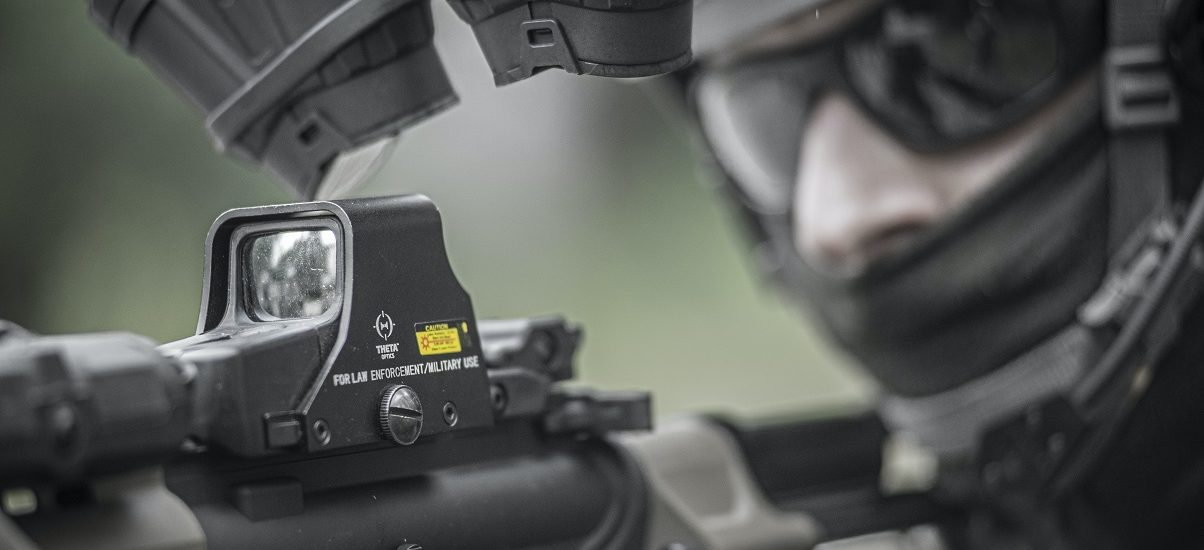
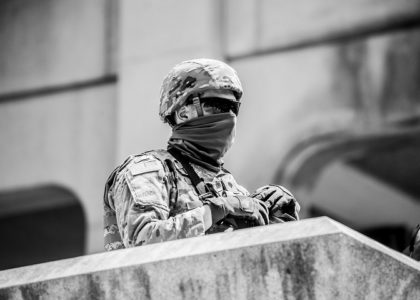
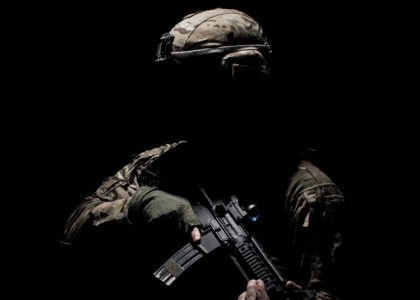
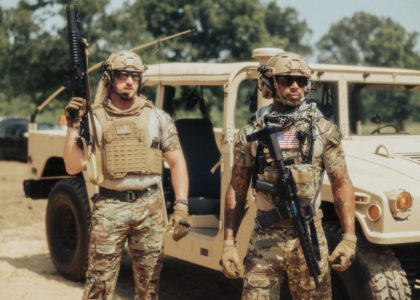
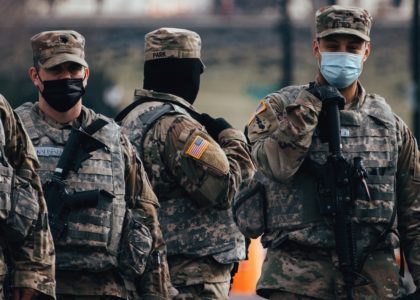
Recent Comments